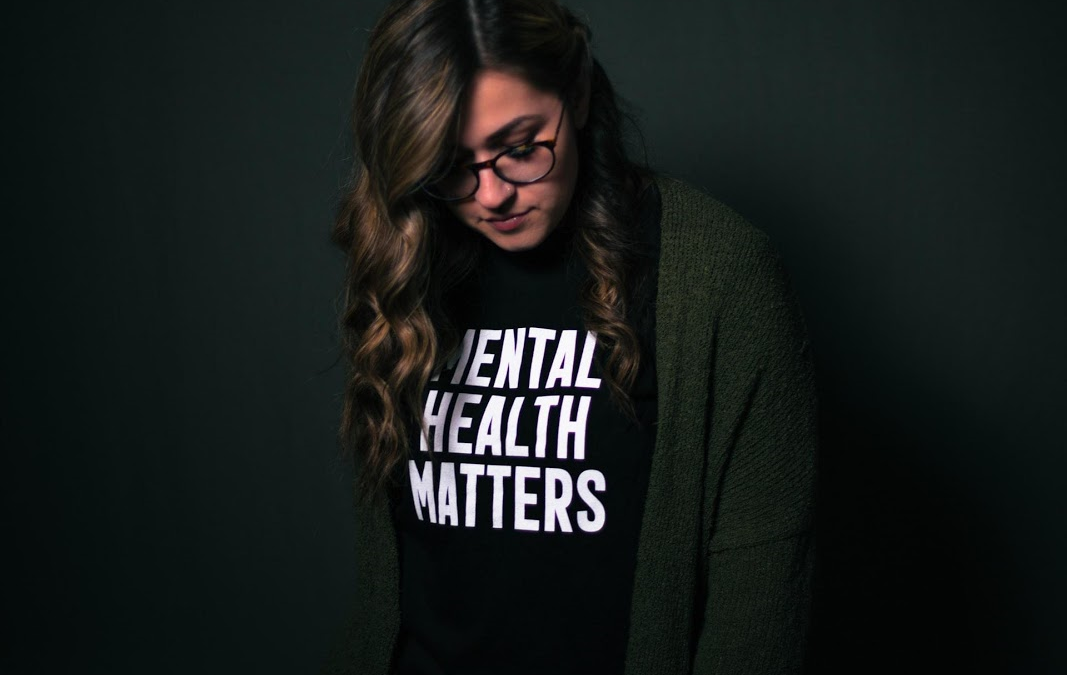
by Samantha J Rice | Nov 20, 2021 | Business News, Latest |
The Rising Trend of Mobile Banking
Every day, the smartphone in your pocket becomes more and more essential in our daily lives. It has become an indispensable part of modern technology – not only for connectivity but also for convenience. Ever since banking became mobile through the invention of the smartphone, it’s been clear that smartphones were paving the way for digital monetary transactions.
Because they are already able to handle emails, browsing, messaging, GPS mapping, and listening to music or watching movies anywhere at any time.
The trends in mobile banking
Mobile banking has taken a massive jump since its debut. In 2014 it got even bigger after Apple launched the Apple Pay software that provides retailers with mobile cards and payment options. There are lots of trends in mobile banking today. To start would be the push to mobile apps. Mobile apps are making financial transactions simpler for everyone. Another trend that would be news to you is the rapid growth of mobile wallet adoption. A survey in 2017 showed that 51% of smartphone users have used a digital wallet in the past year, up from just 27% in 2013, when it was dubbed “m-payments.”
Why do people use mobile banking?
Enabling mobile banking may not just help people achieve convenient, quick tasks. The potential for establishing 4-hour banking during weekday evenings to account for current work schedules is also being recognized. With the increasing time that consumers spend on smartphones and tablets, more and more bank customers are seeing the need to go mobile whenever possible for simple transactions such as deposits and withdrawal requests.
Why do people use mobile banking?
Enabling mobile banking may not just help people achieve convenient, quick tasks. The potential for establishing 4-hour banking during weekday evenings to account for current work schedules is also being recognized. With the increasing time that consumers spend on smartphones and tablets, more and more bank customers are seeing the need to go mobile whenever possible for simple transactions such as deposits and withdrawal requests.
What features you should add
Banks are adding features like custom borrowing limits, reasonable interest rates, and improved handling for their mobile app to compete in the fast-paced digital banking market. Mobile banking has become a phenomenon and is rapidly growing.
As we live life on the go, it makes sense for this new kind of technology to exist and permeate throughout our daily life. Mobile banking is quickly becoming one of the best ways for banks to keep up with customer needs.
With apps offering an array of critical banking solutions, people are relying not only on their online banking accounts but also on their mobile devices. The key takeaway is that apps will continue to provide essential banking tools and help make banking convenient. Almost every bank has set out to make its offerings more personable and less cumbersome.
How do banks gain loyal customers with mobile banking
Scattered around the world, many banks are now offering free banking features to customers-for example, sending money through their mobile phones. The rise of mobile banking shows that the market is anticipating a much-needed change in finances for people with very busy lives. Banks can take advantage of this trend by reallocating resources and providing benefits unique to the evolving trends of our fast-paced society.
Conclusion
The demand for personal information and the growing convenience of mobile banking has led to mobile transactions to increase. Bitcoin has seen a steady rise in market value, with one Bitcoin currently worth over $10,000 USD.
The most common mobile payment services include Visa Checkout, Apple Pay, Android Pay, PayPal Payments, Amazon Payments, and Samsung Pay.
This article was penned by Jonathan P. Wright. Jonathan is a freelance writer for multiple mainstream publications and CVO of RADIOPUSHERS. You can read more of his work by clicking here.

by Derrick T Lewis | May 28, 2021 | Latest, Trending, Worldwide News |
COVID-19 has caused joint trauma for many people around the world during the past year and a half. Just about everyone has been affected by Covid in one way or another, whether it was losing a loved one or simply adjusting to social distancing and wearing a mask. The CDC has made an announcement that masks are now not required for those that have been vaccinated. This announcement feels like a step towards normalcy. However, many people may feel anxious about adjusting to life after COVID. After this unprecedented of limited social interaction and feelings of isolation, we as a society will need to further emphasize the importance of mental health in order to restore normalcy.
Social distancing and other preventative measures may have been necessary in order to minimize the spread of Covid. Although, there have been proven to be consequences to these actions. There are growing concerns about long-term impacts that may be caused by social distancing restrictions.
There are two main issues that may be caused by the pandemic. First is the possibility of post-traumatic stress disorder, and the other concern is the impact of isolation over an extended period of time. This prolonged isolation may make it difficult for some people to come to terms with the new normal after quarantine.
Mental health is not only a concern for those who were directly affected by Covid through infection or the death of a loved one, but even those who were indirectly affected by covid may suffer from varying mental health issues.
Anxiety in public settings can also be a common response after the pandemic. Many individuals may be unsure of new social distancing protocols.
Many employees may find it difficult to return to the office after Covid so, employers must do everything they can to ensure that their team members feel safe and informed upon their return.
Self-care will also be vital in order to maintain positive mental health post-Covid. There are many different techniques that can help you improve your mental health, such as staying away from screens two hours before bed, limiting the amount of social media and news you consume each day, monitoring your alcohol and substance use, and also keep in touch with loved ones and check-in. It’s also smart to find time in the day for relaxation, whether it’s meditation, deep breathing, or a mindfulness technique. Following these different techniques can help you maintain a positive outlook as you adjust to life after lockdown.
Although there were several drawbacks to the coronavirus, one advantage we were given from Covid is the acceleration of teletherapy. In the past, there was a concern that psychotherapy may not be effective online, but Covid has shown us that many individuals are actually more likely to seek treatment online as they are given much more flexibility and ease of access. Individuals are also less likely to cancel appointments since they are now able to meet with a professional from anywhere. Virtual therapy also eliminates any long commutes that may have prevented certain individuals from utilizing psychotherapy.
This article was penned by Jonathan P. Wright. Jonathan is a freelance writer for multiple mainstream publications and CVO of RADIOPUSHERS. You can read more of his work by clicking here.

by Jonathan P-Wright | Oct 27, 2020 | Latest, Worldwide News |
A boy from Georgia, aged 12, is pursuing college courses related to aerospace engineer with college courses. Right now, Caleb Anderson is a sophomore at Chattahoochee

by Jonathan P-Wright | Sep 14, 2020 | Worldwide News, Latest |
On Friday, the Governor of California Gavin Newsom signed a bill which will enable inmates to work as firefighters upon their release from the prison. He shared the news via Twitter.

by Jonathan P-Wright | Sep 1, 2020 | Worldwide News |
Today, Apple announced two new live global radio offerings on Apple music which fans from 165 countries can now stream. Starting today, the flagship global radio station- Beats 1- is going to be called Apple Music 1,








RECENT COMMENTS